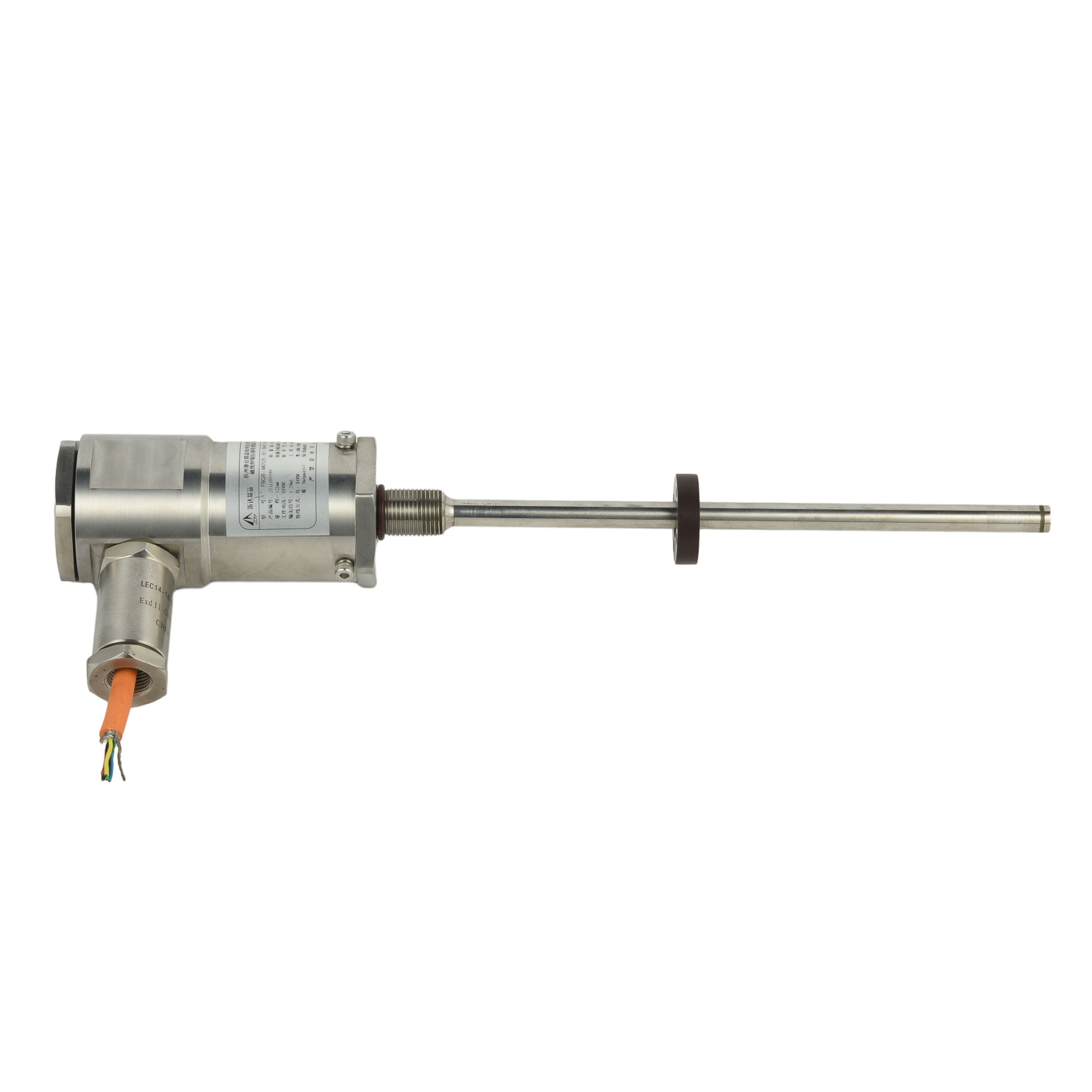How to compensate for temperature drift in magnetostrictive sensors?
Temperature drift presents a significant challenge in magnetostrictive sensor applications, causing measurement inaccuracies that can compromise system reliability. This phenomenon occurs due to thermal expansion of materials and changes in magnetic properties, ultimately affecting the sensor's output signal stability. Understanding these thermal effects is crucial for implementing effective compensation strategies across various industrial environments where temperature fluctuations are inevitable.
Several factors contribute to temperature-induced errors in magnetostrictive sensors. The waveguide material's thermal expansion alters the time-of-flight measurements, while temperature-dependent changes in the magnetic properties affect signal strength and linearity. Electronic components within the signal conditioning circuitry also exhibit temperature-sensitive characteristics, introducing additional errors that compound the overall measurement inaccuracy. These combined effects can result in significant deviations if left uncompensated.
Hardware compensation techniques provide the first line of defense against temperature drift. Manufacturers often incorporate temperature sensors directly into the device housing to monitor thermal conditions in real-time. Advanced designs feature composite materials with carefully matched thermal expansion coefficients, minimizing mechanical distortions. Some high-end sensors employ specialized electronic circuits that automatically adjust gain and offset parameters based on temperature readings, providing immediate compensation at the hardware level.
Software algorithms offer sophisticated solutions for temperature compensation through mathematical modeling. Polynomial compensation algorithms use temperature input to calculate correction factors that adjust the output signal. Kalman filtering techniques can simultaneously estimate both the measured position and temperature effects, while neural network-based approaches learn the sensor's thermal characteristics over time for increasingly accurate compensation. These algorithms typically operate in the sensor's microprocessor, applying corrections in real-time without additional hardware requirements.

Calibration procedures play a vital role in effective temperature compensation. Manufacturers perform comprehensive thermal testing across the entire operating temperature range, characterizing the sensor's behavior at multiple temperature points. This data is used to generate compensation coefficients stored in the sensor's memory. Field calibration techniques allow for periodic recalibration using known reference points, ensuring maintained accuracy despite aging components or changing environmental conditions.
Proper installation and environmental control significantly reduce temperature-related issues. Mounting sensors away from heat sources and using thermal barriers minimizes direct thermal impacts. Ensuring adequate airflow around the sensor prevents heat buildup, while environmental enclosures maintain stable temperatures in extreme conditions. These practical measures, combined with technical compensation methods, provide comprehensive protection against temperature-induced measurement errors.
Advanced compensation strategies continue to evolve with technological advancements. Modern magnetostrictive sensors increasingly incorporate digital signal processing with adaptive compensation algorithms that adjust to changing conditions. Some systems implement dual-sensor configurations where a reference sensor provides continuous temperature data for dynamic compensation. The integration of IoT connectivity enables remote monitoring of temperature effects and predictive maintenance capabilities, ensuring optimal performance throughout the sensor's operational lifespan.
Implementing these compensation techniques requires careful consideration of the specific application requirements. While basic applications may benefit from simple hardware compensation, high-precision applications often necessitate combined hardware and software approaches. Regular verification and maintenance ensure continued accuracy, making temperature drift compensation an ongoing process rather than a one-time implementation.
 UpgradingYourLevelMeasurementS
UpgradingYourLevelMeasurementS
 Why are magnetostrictive level
Why are magnetostrictive level
 ComparingMagnetostrictiveandRa
ComparingMagnetostrictiveandRa
 MagnetostrictiveLevelSensorfor
MagnetostrictiveLevelSensorfor
